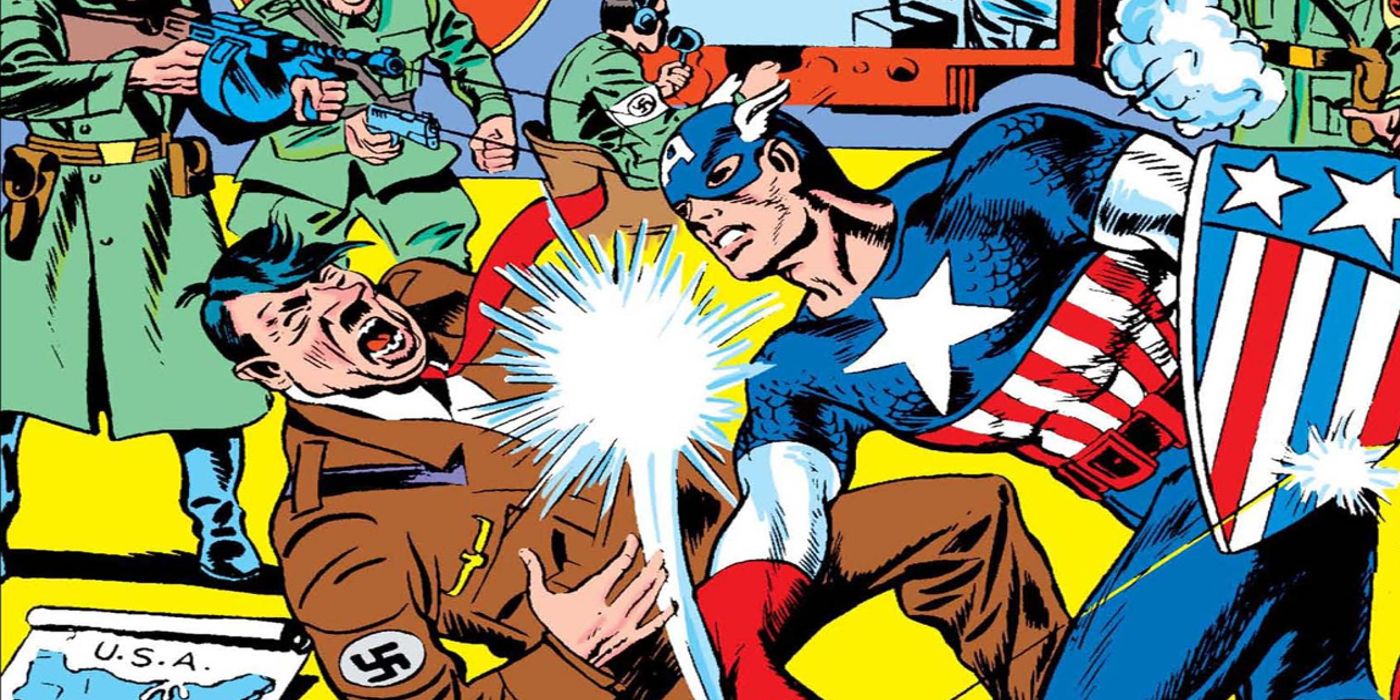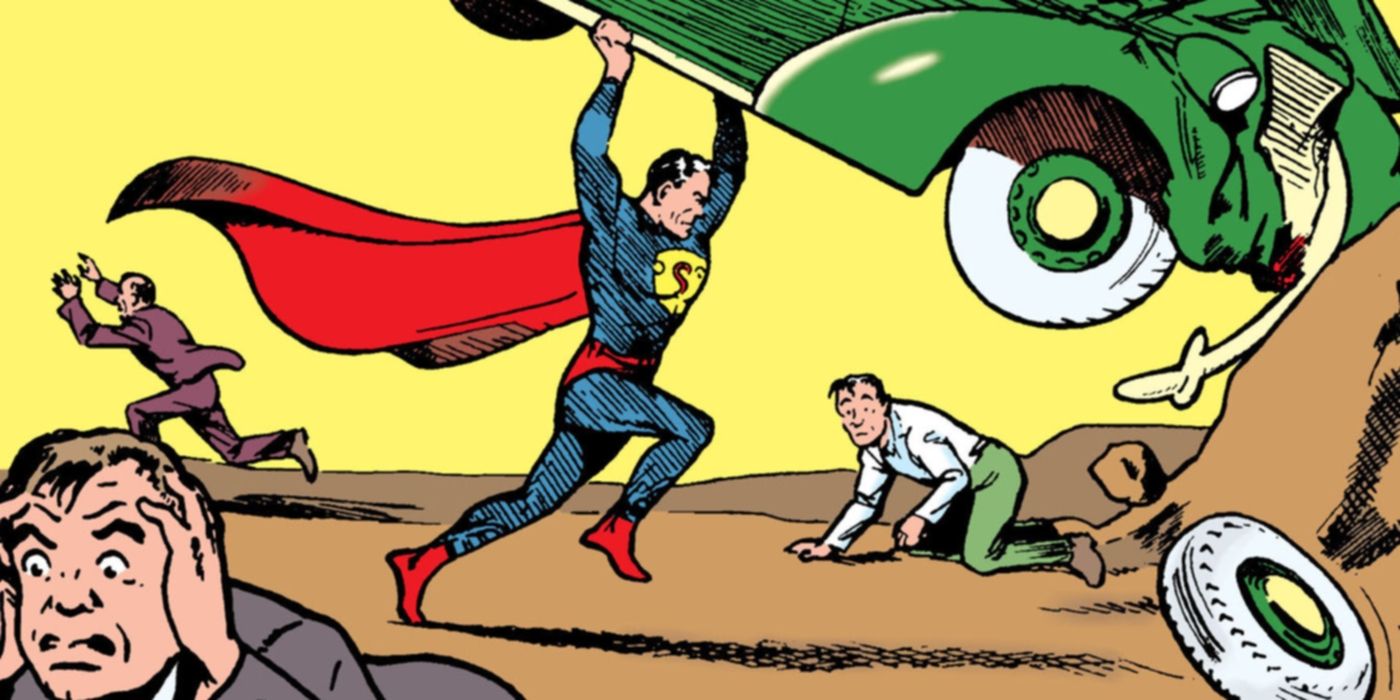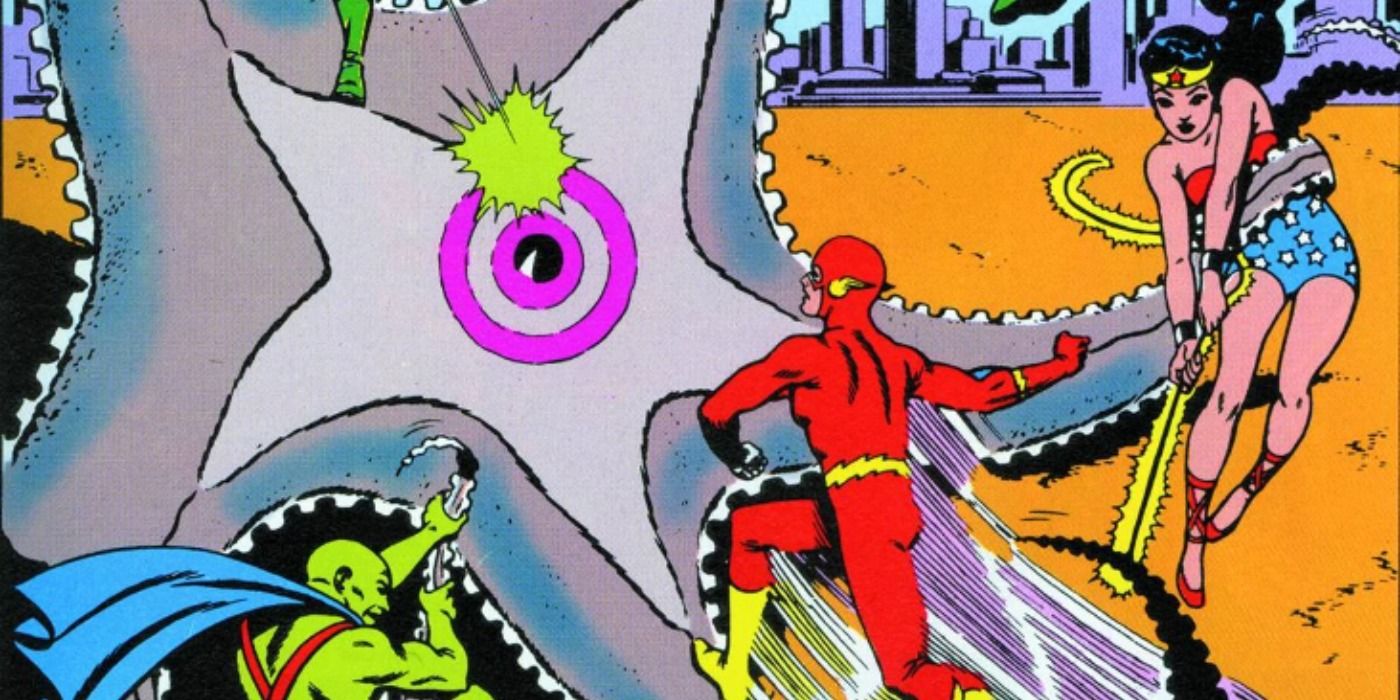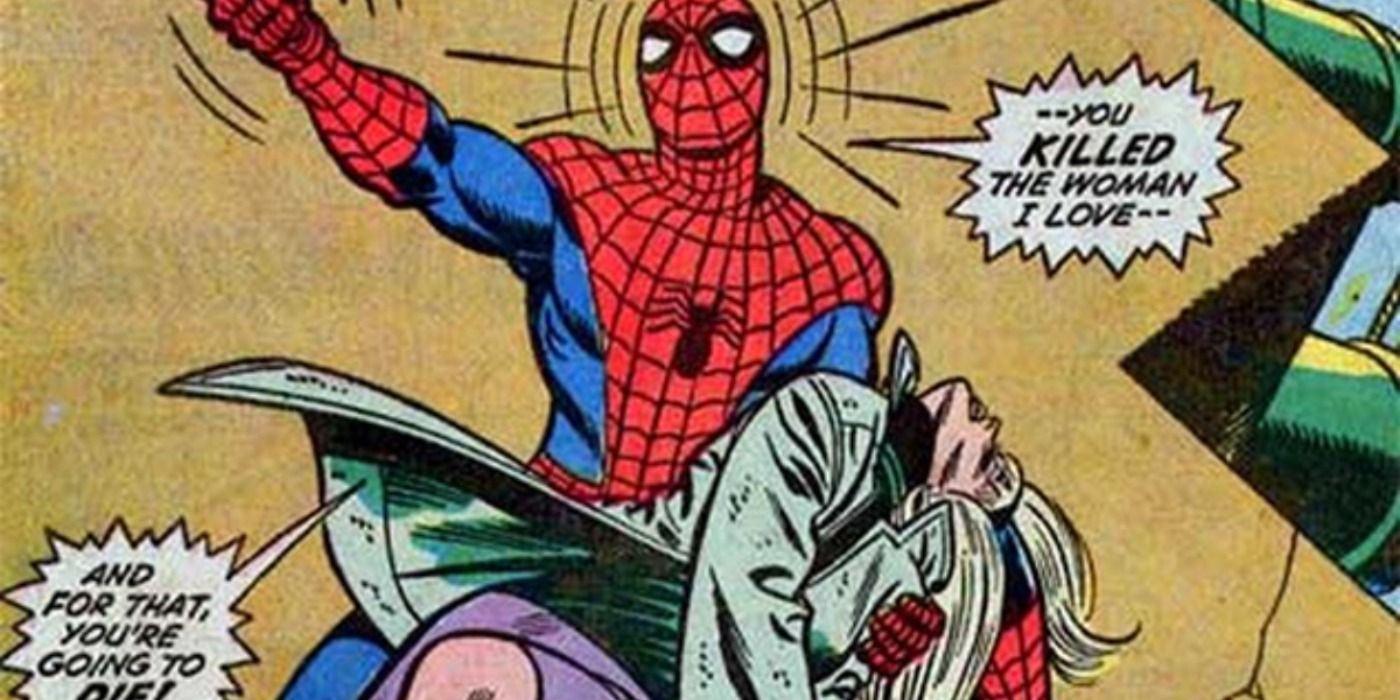Comic book readers often refers to the Golden, Silver and Bronze Ages of comics - and here's what these terms mean. Comics have existed for a long time; going by Scott McCloud's definition of comic books as sequential art to tell a story, the genre hails back to before the Reformation. But, of course, when most people think of comics they imagine slim books for sale in specialist retailers, usually focused on superheroes.
Nowadays, superhero comics are big business - in large part because they serve as an inspiration for something even bigger, Hollywood. Until 2008, there had only really been a relatively small number of successful comic book film adaptations; the release of Iron Man in 2008 changed everything, with every film studio and TV network eager to get in on the act. That means there's more interest than ever in the comics that inspire these stories.
Unfortunately sometimes terms are tossed out without much definition. It's common to hear people refer to the Golden Age, the Silver Age, and the Bronze Age - but rarely does anyone stop to define what these terms mean, or what the difference is between a comic from the Golden Age or the Bronze Age. Here's everything you need to know about these three eras in relation to the superhero genre.
The Golden Age of Comics Explained
The Golden Age of comics is pretty much the only one that can be tied to a fixed point in time - the publication of Action Comics #1 in April 1938. The first issue had a print run of 200,000 copies, and sold for just 10 cents; it's now considered the most valuable comic in the world, with copies selling at auction for over $3.2 million. It introduced readers to Superman - albeit a very different version of Superman, because the character has changed significantly over the decades. He was a hit, and other publishers immediately began creating superheroes as well; some were blatant rip-offs, but others were far more original. Soon there were not just physical powerhouses, but also super-speedsters, magicians, scientists, and masked vigilantes.
Captain America made his debut in 1941, created by Joe Simon and Jack Kirby, with a memorable cover showing him punching Adolf Hitler in the face. He set the pattern for a wave of patriotic superhero comics that were published throughout the Second World War; Superman, Wonder Woman, Batman, and countless other heroes fought on the front lines - with the introduction of Superman's iconic catchphrase "truth, justice, and the American Way" on a radio show (in the comics, Clark Kent tried to join the army but failed when he accidentally used his x-ray vision to read an eye chart in the next office). Comics became a tool of propaganda, and the US government funded a group called the Writers' War Board to shape them.
Comics of the Golden Age were often relatively crude in artistic terms - not least because they were printed on cheap paper. They were surprisingly progressive in many ways, though, with the Writers' War Board viewing racial division as a threat to the war effort, encouraging stories celebrating Black fighter pilots and opposing lynching. After the War, the superhero genre lost steam, and attention focused to other types of comics instead. In 1954, psychiatrist Fredric Wertham triggered a moral panic over comics - leading to the establishment of the Comics Code Authority. The CCA cracked down on violence, horror, and gore, and banned comics that dealt with racial and religious prejudice; as the Comic Book Defense League argues, it effectively ensured only the beliefs of its administrator Charles F. Murphy were represented in comics, and dramatically reduced the number of non-white characters. The Golden Age is generally considered to end around 1956.
The Silver Age of Comics Explained
Comic book historians generally consider the Silver Age to be the most important of them all. It's usually seen as beginning with the publication of Showcase #4, which marked the debut of the modern Flash; this led to another boom in superhero comics, with many Golden Age heroes repurposed. In 1960 DC Comics introduced a superhero team, the Justice League, in The Brave & the Bold #28; it didn't take long for the Justice League to star in their own title, and sales went through the roof. In 1961, Martin Goodman - founder of the company that would become Marvel Comics - played a game of gold with DC's boss, Jack Liebowitz; he bragged about the hit, and Goodman approached Stan Lee to create a superhero team of his own. Lee and Jack Kirby created the Fantastic Four, but this team was very different; they were a superhero family who bickered, fought, and argued between themselves, and whose personal lives were frequently a mess. The human element resonated well with readers, and this became the hallmark of Marvel's books.
So many of the greatest, most famous superheroes were created during the Silver Age: Green Lantern Hal Jordan, the X-Men, Batgirl, Spider-Man, the Teen Titans, the Legion of Superheroes, Iron Man, and countless others. The continuing restrictions of the CCA meant the stories avoided mature themes, while female characters became markedly less independent. That isn't to say these comics weren't often tremendously creative, though, and the art was a marked improvement - with notable artists including Jack Kirby, Murphy Anderson, Sal Buscema, Steve Ditko, and John Romita Sr.
The CCA became less important as the years passed, though, and stories gradually began to become darker and more realistic. There's no real agreement about when the Silver Age ended; some link it to Jack Kirby's departure from Marvel in 1970, while others point to the publication of Amazing Spider-Man #121-122 in 1973. This issue saw Peter Parker's girlfriend Gwen Stacy die, killed by the Green Goblin. Suddenly comics had grown up.
The Bronze Age of Comics Explained
There's no consensus on when the Silver Age ended, and as a result it's difficult to establish the precise dating of the Bronze Age. The power of the Comics Code Authority was effectively broken in 1971, when the United States Department of Health, Education, and Welfare requested Marvel publish a Spider-Man comic dealing with the issue of drug abuse; the CCA refused to give the issue their seal of approval, but it proved a popular and critically-acclaimed bestseller nevertheless. This led to revisions of the CCA, freeing writers up to tell more realistic stories, to integrate horror tropes such as monsters and werewolves into their stories, and to give the villains more prominence.
The Bronze Age of Comics is markedly more diverse, with a new wave of characters of color entering the fray, like Blade, John Stewart's Green Lantern, Luke Cage, Shang-Chi, White Tiger, and Thunderbird. These weren't always handled well, largely because the comic book industry itself was still lacking in diversity, and as a result a lot of the characters and concepts explored perpetuate racist stereotypes and are thus seen as outdated. The X-Men line flourished after its "Second Genesis" in 1975, with writer Chris Claremont penning deep, character-focused stories and adding a sharp social edge to the narrative; he viewed the X-Men as heroes fighting to protect a world that hates and fears them, thus exploring themes of prejudice and bigotry. DC's answer to this character-driven approach was The New Teen Titans, a phenomenal relaunch penned by Marv Wolfman. Team-ups, crossovers and anthologies became commonplace in the Bronze Age.
Many veteran writers and artists stepped back, replaced by a new generation, and the artistic conventions of the comic book genre were transformed by the likes of Neal Adams, John Byrne, Frank Miller, and George Pérez. Unfortunately DC Comics oversaturated the market, and in 1978 the so-called "DC Implosion" almost cratered both the company and the industry. In the aftermath, Marvel Comics gained over 50 percent of the market, and remained dominant into the present day. Distribution, too, began to change; comics stopped being sold at mass market newsstands, and instead were increasingly sold at specialist retailers. The Bronze Age of Comics is generally seen as ending in the mid-1980s, leading to the Modern Age - or, as it is sometimes called, the Dark Age of Comics due to the rise of brutal antiheroes and psychologically complex storytelling.




